You work out with the best intentions: to gain strength, to look and feel good, to stay healthy. . . maybe even to feel young. But what if exercises you’ve been doing for years might not be so good for you now that you’ve hit 40? What if they are actually speeding up the aging process?!? Check out the following 11 exercises to see what you need to remove from your routine.
1. Extended Cardio
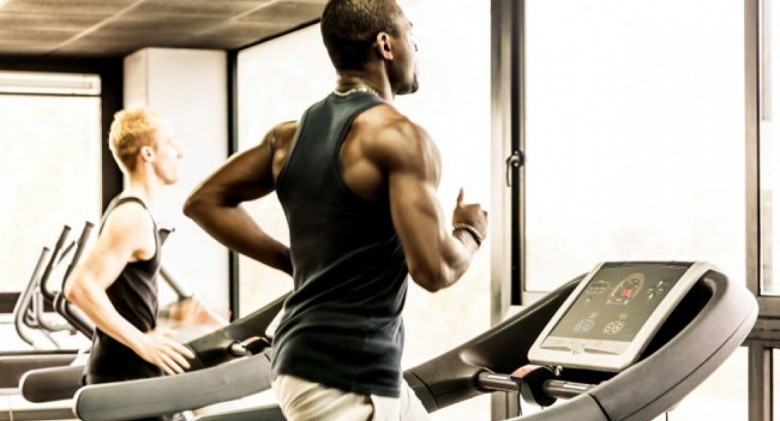
Extended cardio workouts damage the heart, over-stress the body and lead to muscle breakdown. They also induce inflammation and increased free radicals that cause the body to age and possibly even develop chronic age-related diseases. Aren’t these the things you are trying to prevent by working out? Studies show that the benefits of extended cardio workouts are not proportional to the length of the workout. Instead of a prolonged workout that doesn’t seem to prolong life, try shorter sessions but with higher intensity. The same goes for aerobic workouts which are the same as cardio.
2. Leg Press
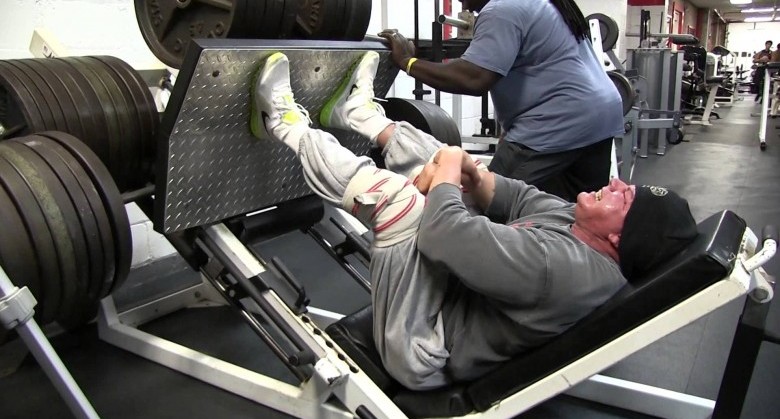
If you are looking to hasten the arrival of chronic lower back pain, and you also seek to blow out or weaken your knees, this is the exercise for you! Spine specialists say this machine sends many patients their way with lumbar herniations. Try squats or kettlebell squats instead.
3.Behind The Back Lat Pulldown
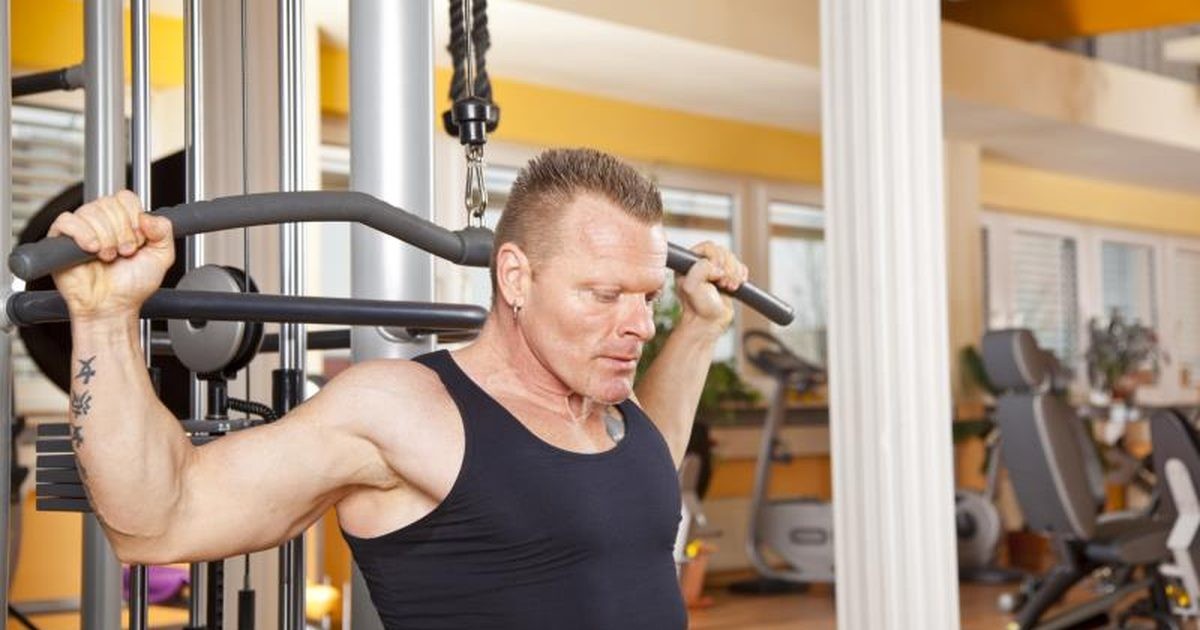
This behind-the-neck exercise can take its toll on shoulders. The unnatural positions it demands of rotator cuffs, and anything less-than-perfect form, can result in impingement, tears, and strains. When that happens, your spouse will have to wash your armpits for you for awhile.
4.Crunches
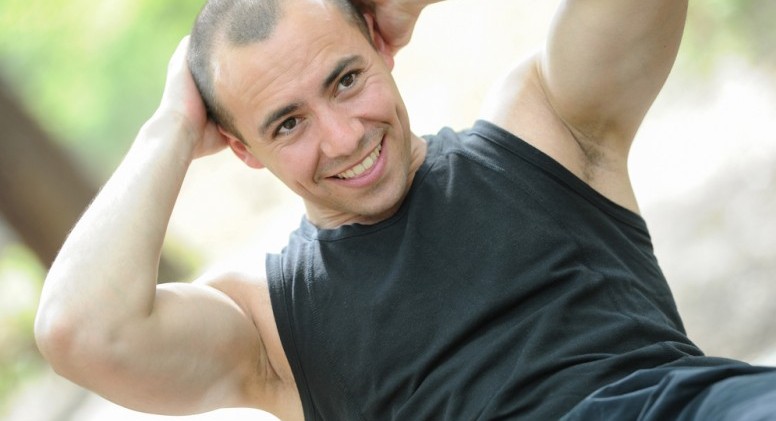
Here’s another ticket to chronic back pain. The trick to not advancing the age of your back, i.e. developing chronic pain, is to keep your spine completely straight. For. Every. Single. Crunch. That’s a tall order. But bending the back during a crunch places pressure on the back of spine—that’s right where most nerves are. Bending also causes the spine to curve which is opposite its natural, straight position. The bending compresses the vertebrae and discs and could lead to limping or relying on a cane. Try planking instead if you’re targeting your abs.
5. Dumbbell Flyes
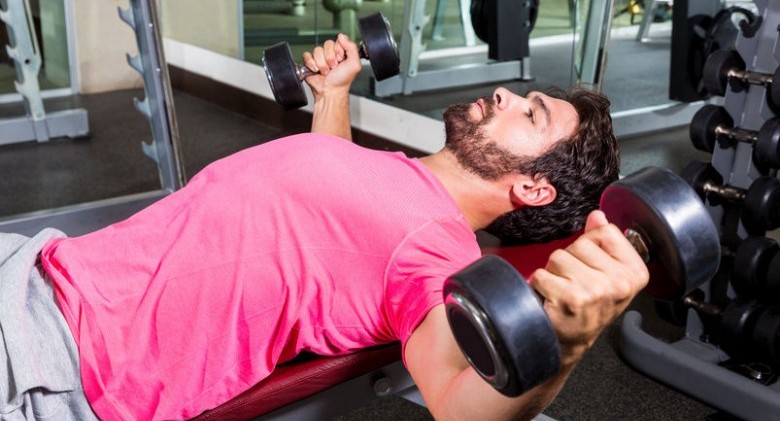
Dumbbell flyes look impressive. But damaging tendons, rotator cuffs or ligaments is far from cool. These are common results of this exercise when elbows aren’t locked out exactly right. If you have not honed this routine (and the proper form) over decades, “fly” at your own risk, especially if you’re over 40.
6. Deadlift
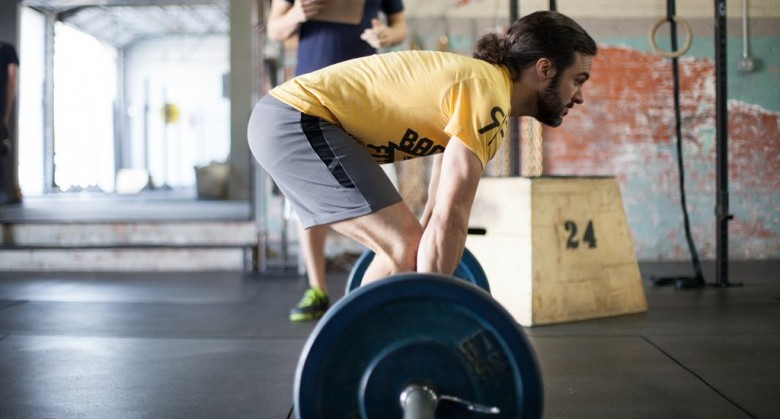
Severely gratifying and hugely impressive, the deadlift is a favorite among power lifters, bodybuilders and even beginners alike. Picking up a ton of weight just feels good and deserves bragging rights. But with age come aches and pains, and aches and pains can make proper posture in this pursuit hard to nail. Therein lay the danger. Without each part of the body moving in perfect concert and at the correct angle (unlike the man in this image), the ton of weight can strain the back, slip a disc, or pinch a nerve, all leaving you writhing on the floor. . . and with chronic pain. That’s not worth bragging about.
7. Smith Machine Squats
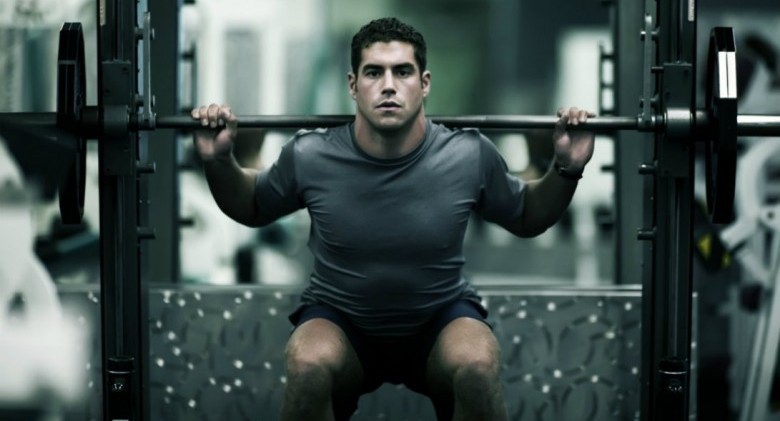
Originally designed to help injured people rebuild their strength during recovery, the Smith machine is now in the habit of injuring those who step into its clutches. If you’re the perfect height and if you have perfect form, then you have a better chance of getting more benefit from these assisted squats. . . but still not as much benefit as using a squat rack. The Smith prevents you from using all your muscles as it essentially holds up the bar for you. That’s neither here nor there; the problem is that the machine locks your body into a single path of motion. This can help with your form, potentially—if your body type is just the right size for the machine (even considering the adjustment settings). If not, then knee, back and hip injury are a common result. It also puts the burden of the weight on the spine. (You’re not working out your spine, are you?)
8. Upright Rows
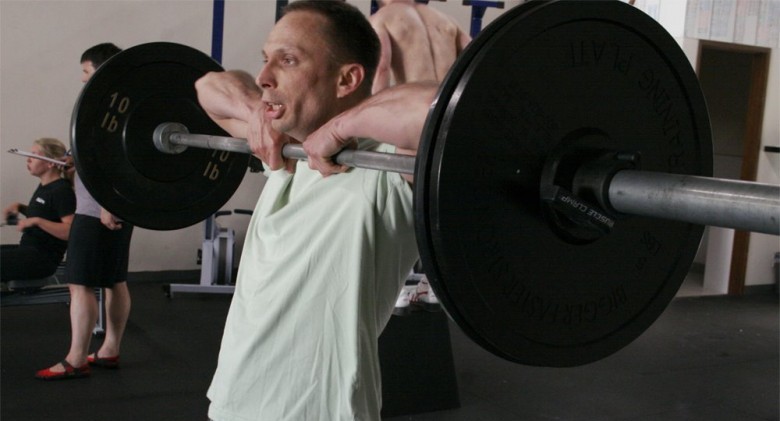
Unlike dumbbell flies, doing this exercise for years actually works to your disadvantage. Lifting weights from your waist to your chest while standing, i.e. upright rows, requires the shoulders to move in an unnatural way. Called internal rotation, the movement itself is not necessarily harmful. However, when you add weight for resistance, the movement pinches a tendon in the shoulders each time the barbell is raised. Ouch! Over time, the tendon gets worn down until eventually it can just snap.
9. Behind The Neck Military Press
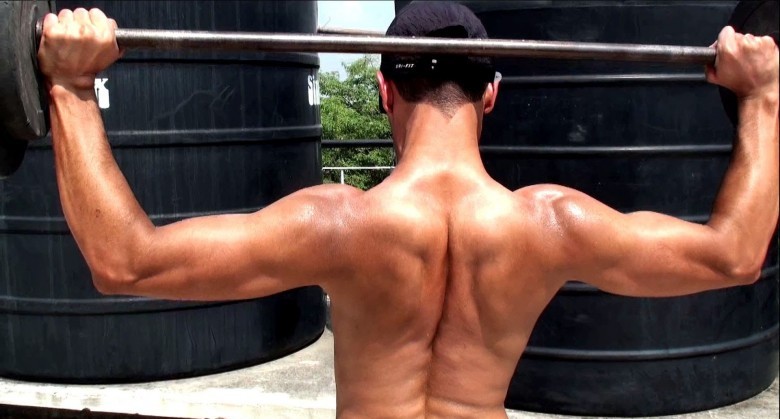
This is one exercise that demands great stability and excellent form. If performed while standing, you expose your back, spine and shoulders to a slew of potential injuries. Add to that the risk to your shoulder tendon even if you are sitting because, like the upright rows, the motion you force your shoulder into can compress or rub a tendon leading to inflammation and pain. If ignored, the tendon can become permanently damaged. That means no more jump shots or reaching for your favorite snack on the top shelf.
10. Machine Assisted Leg Extensions
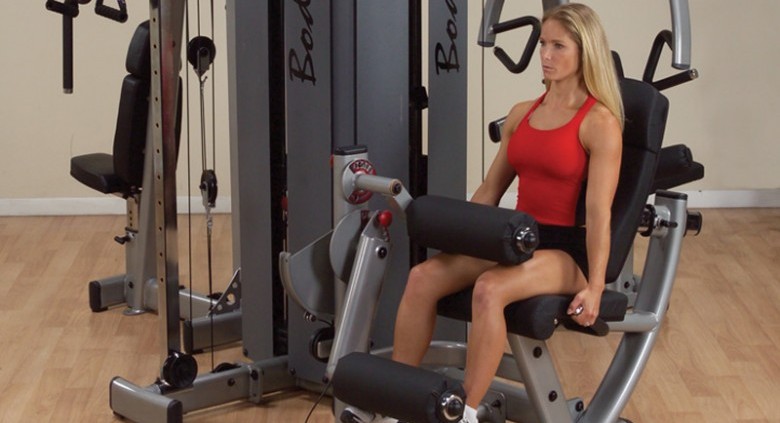
Although this machine is at pretty much every gym on the planet, that is not proof that it is inherently good for you. Let’s face it, your knees are not what they used to be. . .and this contraption applies constant tension to the ACL. Unless you’re a 40 year-old professional placekicker, leave this machine for the young ones whose ACL can hack the jack it provides.
11. Yoga
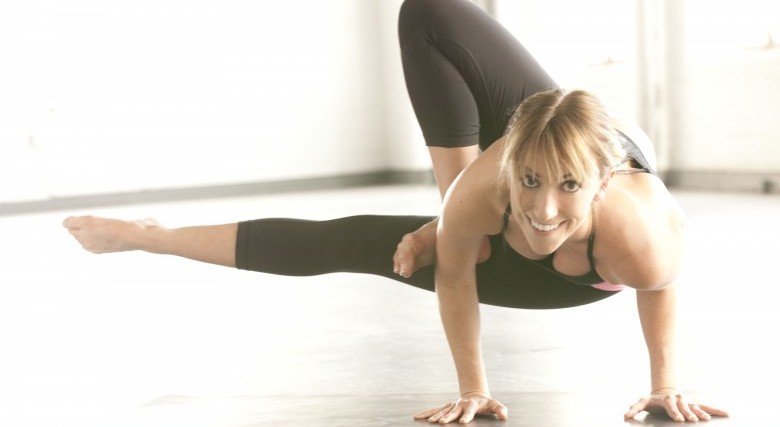
Yoga has been around for millennia. It originated in the East, and in Eastern religions, yoga means “spiritual discipline.” Even so, some movements are physically challenging and can lead to serious injury, especially if your body is not in good physical condition. Muscle pulls, strains and even broken bones are on yoga’s resume of injuries. Suffering aside, yoga can help improve your inner consciousness and reduce stress, but the actual movements do not burn fat, build muscle, or more important, release youth-enhancing hormones that help slow aging. Barring injury, yoga might make you feel younger, but it won’t make you look younger.
[Featured image credit: www.squareboxfitness.com]
